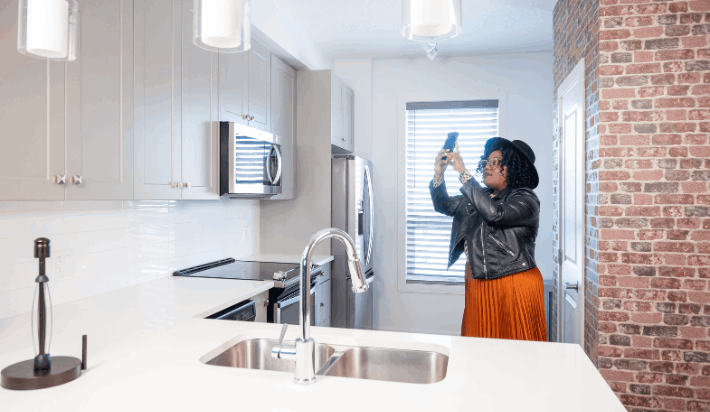Blog > Use This Formula to Find the Right House

Many buyers begin their home search with a long list of “must-haves” and “nice-to-haves.” This is a great starting point, but you can quickly get stuck in the weeds. The real clarity comes once you begin touring homes in person, because that’s when you start to truly understand what you need versus what you want.
But no matter the budget, location, or market conditions, every home comes with trade-offs. The key is knowing how to evaluate what matters most to you. That’s where the “80-10-10 Rule” comes in.
Use the 80-10-10 rule to simplify your search
I did not make up the 80-10-10 rule — I wish I knew who did so we could credit that person. But over time, it’s become a widely adapted industry metric.
Using it as a guideline, the right house for you will have:
80% of what you love: This is the foundation of your dream home — the elements you can’t live without. Think location, lot size, or architectural style. These are the features you’ll be hard-pressed to change.
10% of what you can improve: These are things you can upgrade over time to bring the home closer to your vision, such as paint color, countertops, flooring, or cosmetic fixtures. Improvements can be done as you settle in.
10% of what you can live with: There might be a neighbor’s fence you’re not keen on, a water tower in the distance — and although these aren’t ideal, they may not be deal-breakers. If it’s minor and livable, don’t let it overshadow the 90% that works.
How to make the most informed decisions about your future home
Most clients end up touring somewhere between five to 10 homes before making an offer. If you fall in love with a property early on, I often recommend touring a few more just to reaffirm your decision. Sometimes that first one really is the one, but it’s helpful to have context and you can quickly line up a few other showings.
But to help buyers stay focused and make informed decisions, I work with what I call the “L.O.V.E. Framework.” It’s designed to cut through the noise and keep you grounded when touring properties. Because when emotions run high, having a system to fall back on makes all the difference.
Here’s what L.O.V.E. stands for:
- Location: Where is the property situated? Is it close to work, schools, transit, or lifestyle essentials that matter most to you? Location is one of the few things you can’t change, so it should be a top priority.
- Offerings: What is the home actually offering in terms of specs: bedroom/bathroom count, square footage, garage, yard, systems, and infrastructure? Does it meet your current and future needs?
- Value add: Is there potential to improve or build equity over time? Examples include: unfinished basements, cosmetic updates, expansion potential, or zoning upside.
- Exit strategy: What’s the resale potential? Even if you plan to stay long-term, it’s wise to consider how the home will perform in the future market if you ever decide to sell or rent it out.
This acronym helps clients cut through distractions and focus on the fundamentals that matter most for both lifestyle and long-term value.
Whether you’re just starting your search or feeling stuck midway, remember: There’s no perfect house. but with the right frameworks and systems, there is a right house for you.
